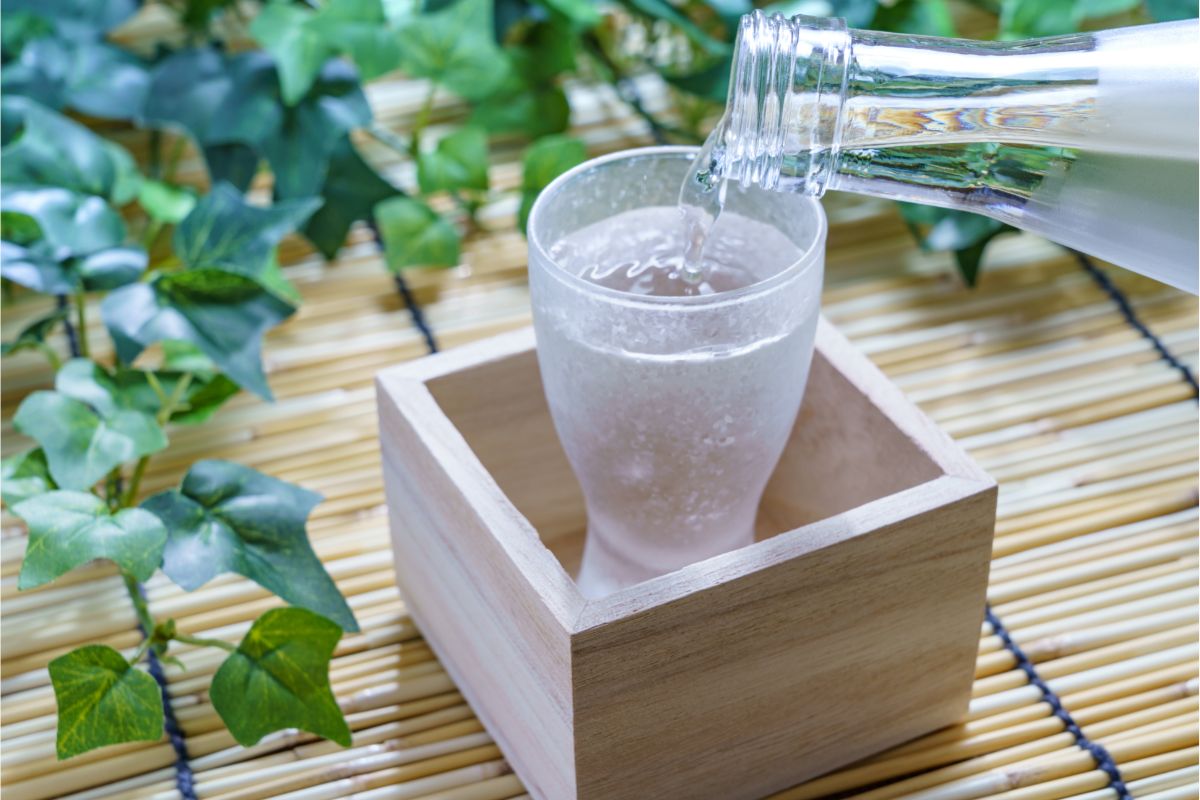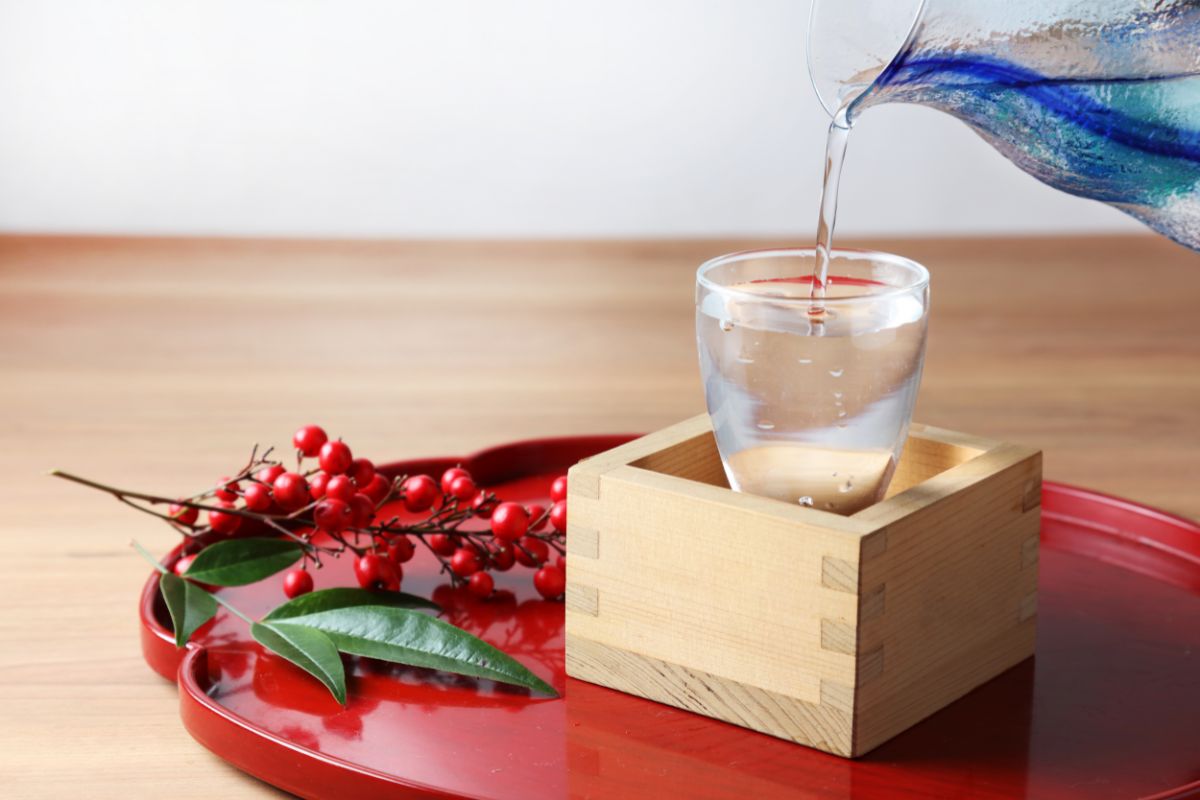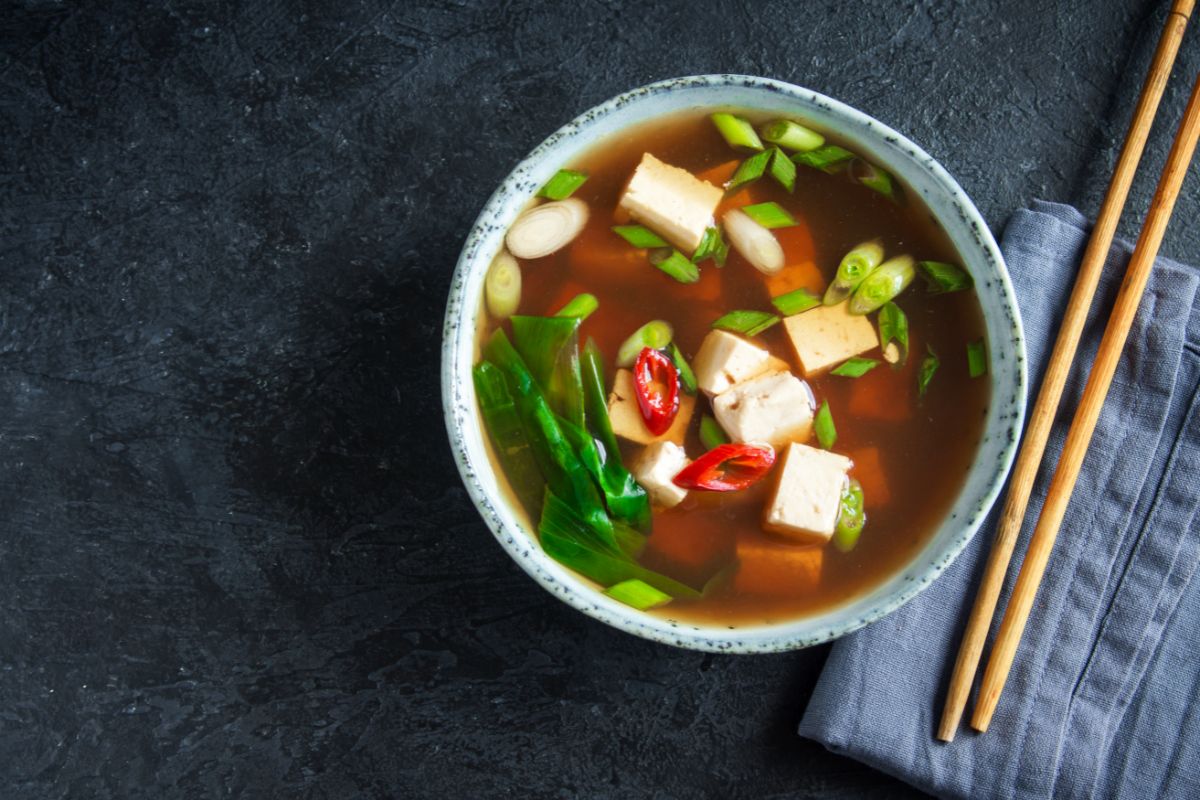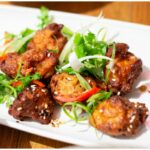As one of the oldest Japanese companies, the Gekkeikan Sake Company Ltd. produces some of the best loved and revered brands of sake in the country.
But what exactly is sake, and what sets Gekkeikan apart from its competitors?
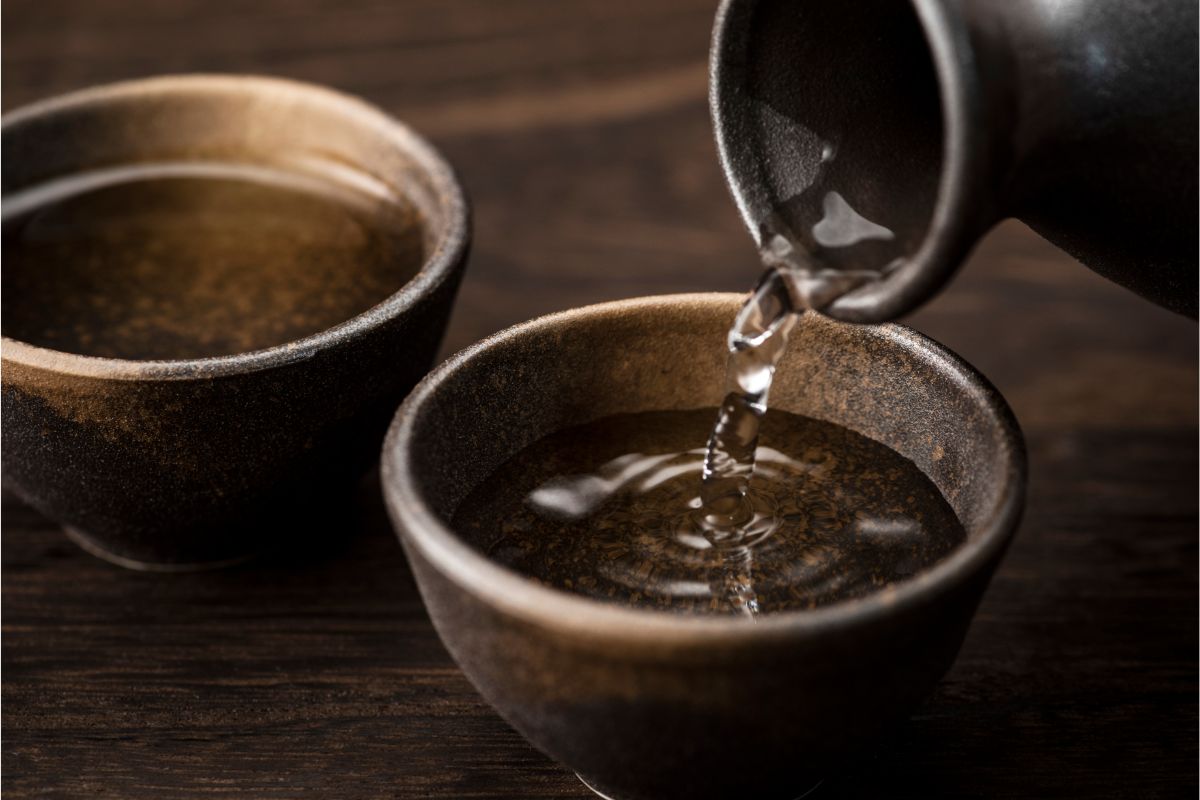
What Exactly Is Sake?
Also referred to as Japanese rice wine, sake is an alcoholic beverage made from fermented rice, which has been polished to remove all the impurities and bran.
Despite being called a “rice wine”, the process for making sake is actually more akin to the brewing process of beer, due to the conversion of starch into sugars, rather than the usual wine making process of fermenting the natural sugars found in fruit.
Used both as a regular drink, and dinner accompaniment, sake is also used for ceremonial purposes, usually as an offering to the Gods during Kagami Biraki, which involves the breaking open of specific wooden casks of sake, which is then served and consumed to promote good fortune.
What Is Gekkeikan Sake?
History
Founded in 1637 by Jiemon Okura, in Fushimi, Gekkeikan is one of the oldest companies on Earth.
Still based in Fushimi, Kyoto, Japan, Gekkeikan continues to produce award-winning, Japanese favorites, such as sake and plum wine.
Proving popular at home and abroad, Gekkeikan formed an American subsidiary based out of Folsom, California, called Gekkeikan Sake (USA) Inc. which as of 2022 controls more than 25% of the American sake market.
Etymology
In Japanese, the word Gekkeikan means “laurel wreath”, and in modern culture, the laurel wreath has become a symbol for victory or triumph.
The symbolism behind the laurel wreath traces back to Ancient Greece, where it was most notably worn on the head of the god Apollo – the deity of poetry, musicians, and athletics.
Henokiens Group
Gekkeikan Sake Company Ltd. is also a member of the Henokiens Group, an association of companies which have remained family-owned for 200 years or longer.
Named for the biblical figure Enoch (Henoch), who lived for 365 years before being collected by God instead of dying in the traditional manner, the association has come to represent business dynasties which are still family controlled, and which have a descendant of the original founders working in a management position.
What Sets Gekkeikan Apart?
Of course, for a product to survive and thrive for as long as Gekkeikan sake has, there has to be a unique selling point that separates it from similar products on the market.
The Location
First and foremost, the company praises its Fushimi locale as the primary reason for the success of the brand.
Based in the region of Kyoto, the area is known for being the “capital celebrated for scenic beauty”, boasting the awe inspiring purple mountains, and streams of purified mountain water, which flow abundantly throughout the valley.
This pure water is the central ingredient in providing Gekkeikan sake its distinctive taste and flavor, and has become something of a trademark of the brand.
Natural Ingredients
This purity is one thing the company prides themselves on, choosing locally sourced, fresh, natural ingredients, and incorporating them into a simple, yet effective sake recipe that has stood the test of time.
Sake: The Traditional Ingredients
Whilst more similar to the beer making process than that of wine, the brewing process does differ somewhat when making sake.
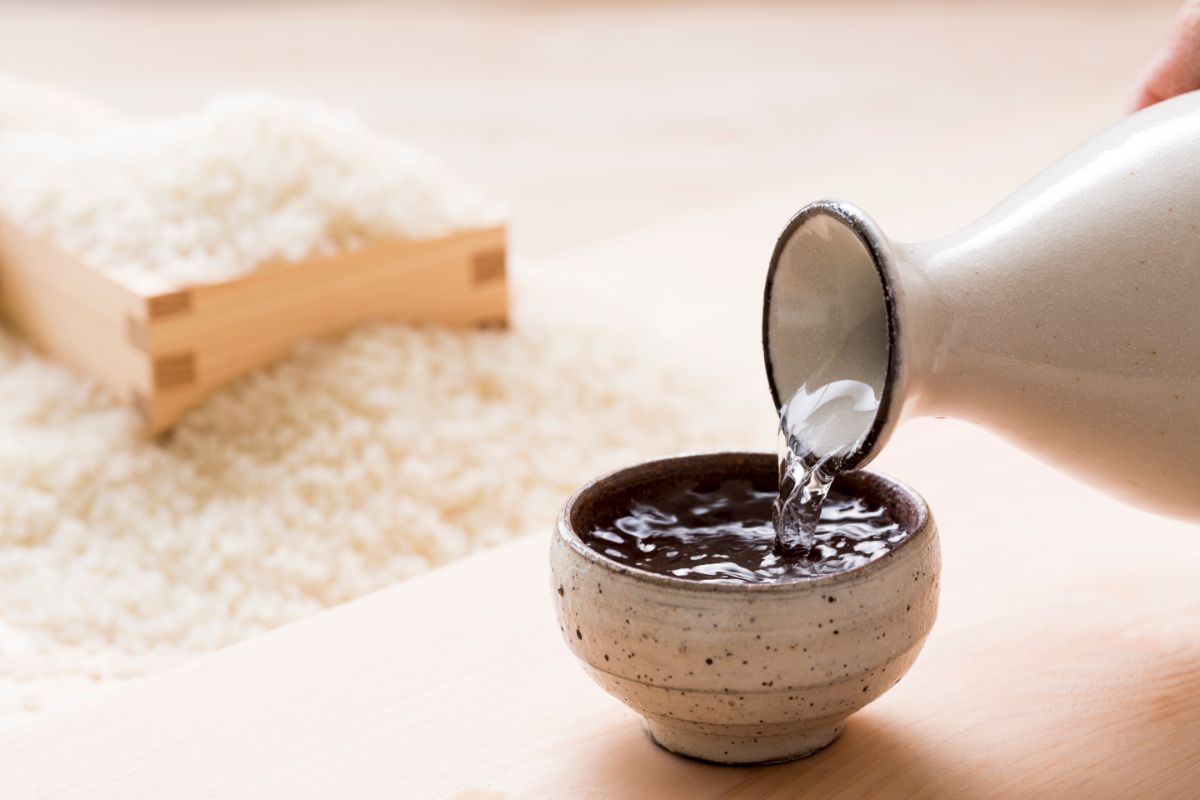
Rice
The rice used for sake brewing is called sakamai, although there are around 80 different types of rice used in sake making throughout Japan.
Sake rice is generally larger and more resilient than regular rice, which makes them perfect for the polishing process, an important step in production for removing the bran from the exterior of the grains, thus making them clean and ready for fermentation.
Polishing is a necessary part of the process, due to the specific composition of sake rice grains. These hold large quantities of starch in the central layers, and excesses of fats, vitamins, and proteins on the exterior shells.
These fats, proteins, and vitamins are not suited to making sake, and would result in unfavorable flavors and after tastes that would ruin the process.
Water
Water is a central component in the sake making process, and is not only used for the washing of the rice before and after polishing, but also for dilution of the finished product before it is bottled and sold.
The mineral content of the water is also important. If there is iron present in the water, then this will react with the amino acids in the rice, and create a yellow hue, or cloudiness to the finished product.
This is also true of manganese, which will turn yellowish when exposed to ultraviolet light.
Desirable minerals are potassium, magnesium, and phosphoric acid, all of which are good sources of nutrition for the yeast during the fermentation process.
The yeast will use these as nutrients, increasing the speed and volume of sugar which is transformed into alcohol.
The type of water will also make a distinct difference to the final taste of the sake. Softer water will make a lighter, sweeter taste to the final mix, whereas hard water will produce a dryer style of alcohol, similar to white wine or champagne.
Usually, a brewery will rely on purified well water, although surface water is used in some instances. This all depends on the personal ethics of the company, and the traditions associated with their sake recipes.
Koji-Kin
Another important ingredient in the process are the spores of the koji-kin fungus.
Used to make miso pasta and soy sauce, the enzyme-excreting nature of koji-kin means that amyases can be released under warm conditions, which will convert the starches in the rice into glucose.
This process is called saccharification, and is similar to the mashing process during beer brewing.
Sake: The Fermentation Process
Within the sake fermentation process, there are several steps which need to be followed to ensure the best quality product.
Step One
The first step, also known as hatsuzoe, involves the adding of the rice, water, and koji-kin to a yeast starter called shubo, which is a mixture of yeast, water, koji, and rice.
This mixture is referred to as the moromi, which in brewing terms is the main mash used during sake production. This is then left to stand for a day, allowing the yeast the chance to multiply.
Step Two
On the third day of the process, the second step (or nakazoe) occurs, and involves another batch of koji-kin, rice, and water being added to the existing mash.
Step Three
The third step, or tomezoe, involves a third and final load of koji-kin, rice, and water being added to the mash.
The whole fermentation process can take around 2 weeks, whilst the entire sake making process can take 2-3 months.
Maturation
The maturation process is the final stage, and this can take anywhere from 9-12 months for it to reach peak maturation.
Final Thoughts
And there we have it, everything you need to know about Gekkeikan sake, and the brewing process.
Why not try some yourself? You won’t regret it!
- 16 Best Websites To Watch Japanese Movies With English Subtitles - May 11, 2023
- Is ZIPAIR The Best Airline For Traveling To Japan? - May 11, 2023
- Ryu Murakami Vs Haruki Murakami – Which One Should You Read? - May 11, 2023

